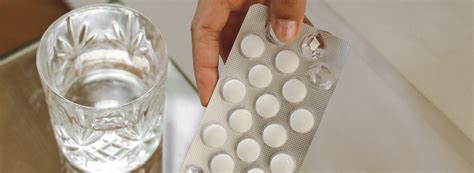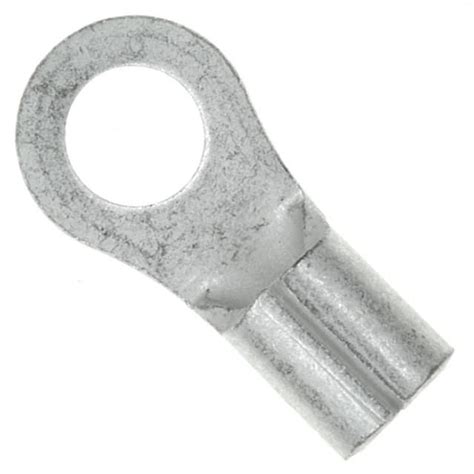Intro
Learn when to pop a blister safely, treating blisters with care, and preventing infection, to promote healthy healing and avoid further skin irritation or complications.
Blisters are a common occurrence that can happen to anyone, whether it's due to wearing ill-fitting shoes, engaging in strenuous physical activity, or experiencing friction on the skin. While they can be painful and uncomfortable, the question remains: should you pop your blister? The answer to this question is not a simple yes or no, as it depends on various factors. In this article, we will delve into the world of blisters, exploring their causes, types, and treatment options, as well as discussing the pros and cons of popping a blister.
Blisters are essentially fluid-filled bubbles that form on the skin as a result of friction, pressure, or burn injuries. They can appear anywhere on the body, but are most commonly found on the feet, hands, and toes. The fluid inside a blister, known as serum, is a clear liquid that helps to cushion the damaged skin and promote healing. While blisters can be painful and may interfere with daily activities, they usually heal on their own within a few days to a week.
However, the temptation to pop a blister can be overwhelming, especially if it's large, painful, or in a sensitive area. Before making a decision, it's essential to understand the risks and benefits associated with popping a blister. Popping a blister can provide temporary relief from pain and pressure, but it can also lead to infection, scarring, and delayed healing. On the other hand, leaving a blister intact allows it to heal naturally, reducing the risk of complications.
Understanding Blisters

Causes of Blisters
The causes of blisters are varied and can include ill-fitting shoes, excessive walking or running, and poor footwear. Other factors, such as skin conditions like eczema or psoriasis, can also increase the risk of developing blisters. In some cases, blisters can be a symptom of an underlying medical condition, such as diabetes or poor circulation.Treatment Options

Home Remedies
There are also several home remedies that can help to alleviate blister symptoms and promote healing. These include applying a cold compress, using aloe vera gel or tea tree oil, and taking regular breaks to rest and elevate the affected area. It's essential to keep the blister clean and dry to prevent infection and promote healing.Pros and Cons of Popping a Blister

Risks of Infection
One of the most significant risks associated with popping a blister is infection. When a blister is popped, the skin is broken, providing a portal of entry for bacteria and other microorganisms. If the blister becomes infected, it can lead to more severe complications, such as cellulitis, abscesses, or even sepsis.Prevention is Key

Blister Prevention Products
There are several blister prevention products available on the market, including blister shields, blister pads, and foot powders. These products can help to reduce friction, keep the skin dry, and prevent blisters from forming. When choosing a blister prevention product, it's essential to consider the type of activity, the level of friction, and the individual's skin type.Conclusion and Next Steps

What are the most common causes of blisters?
+The most common causes of blisters include ill-fitting shoes, excessive walking or running, and poor footwear. Other factors, such as skin conditions like eczema or psoriasis, can also increase the risk of developing blisters.
How can I prevent blisters from forming?
+There are several steps that can be taken to prevent blisters from forming, including wearing proper fitting shoes, using moisturizer to keep the skin hydrated, and taking regular breaks to rest and elevate the feet. Additionally, using blister prevention products, such as blister shields or blister pads, can help to reduce friction and prevent blisters.
What are the risks of popping a blister?
+The risks of popping a blister include infection, scarring, and delayed healing, as well as the potential for further complications. It's essential to consider these risks before making a decision and to consult with a healthcare professional if necessary.
We hope this article has provided you with a comprehensive understanding of blisters, their causes, treatment options, and prevention strategies. If you have any further questions or concerns, please don't hesitate to reach out. Share your thoughts and experiences with blisters in the comments below, and don't forget to share this article with friends and family who may be struggling with blister symptoms.
